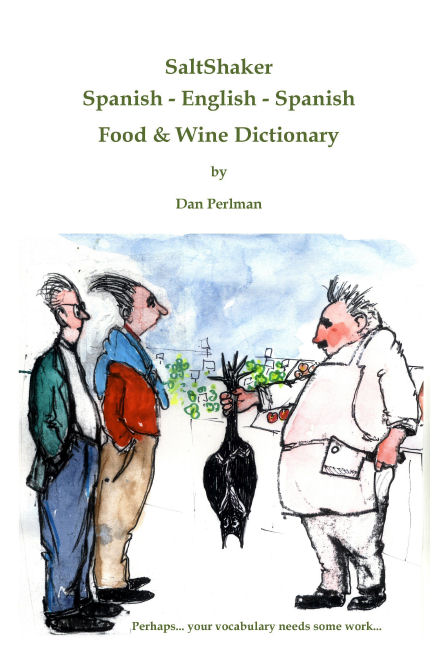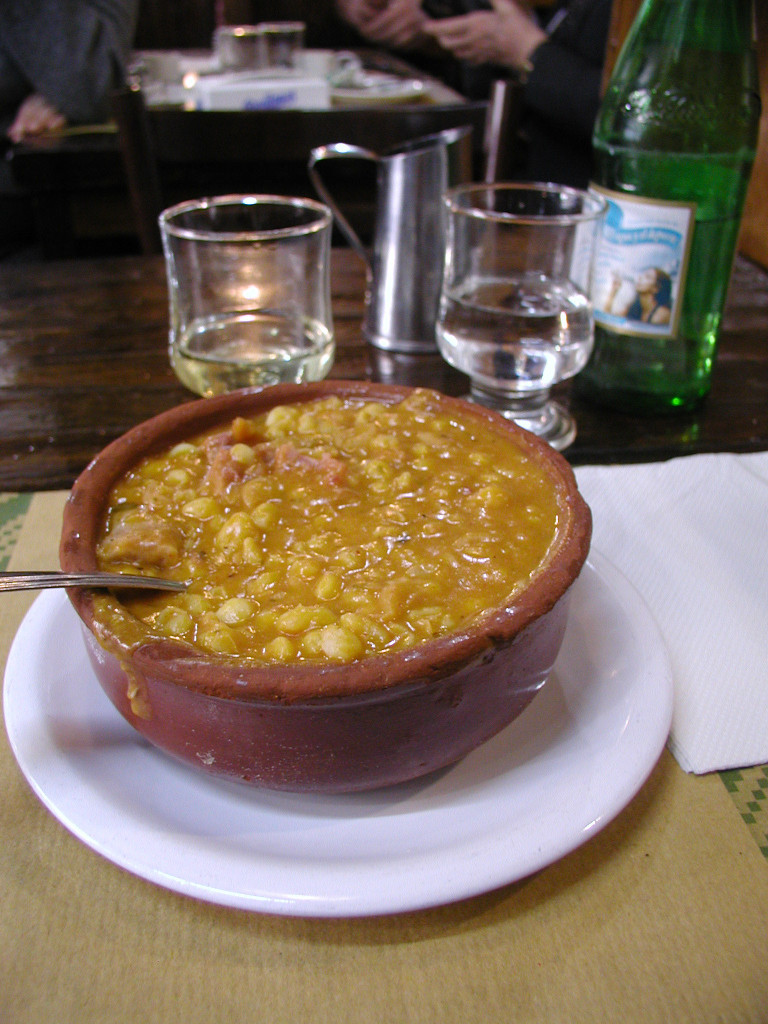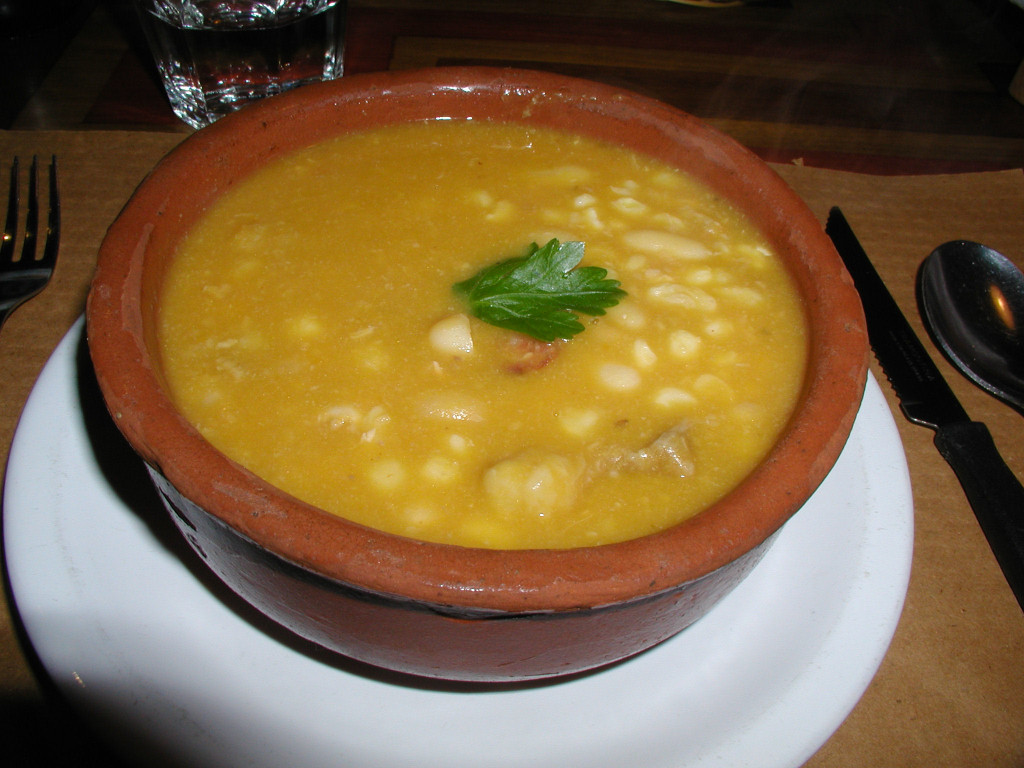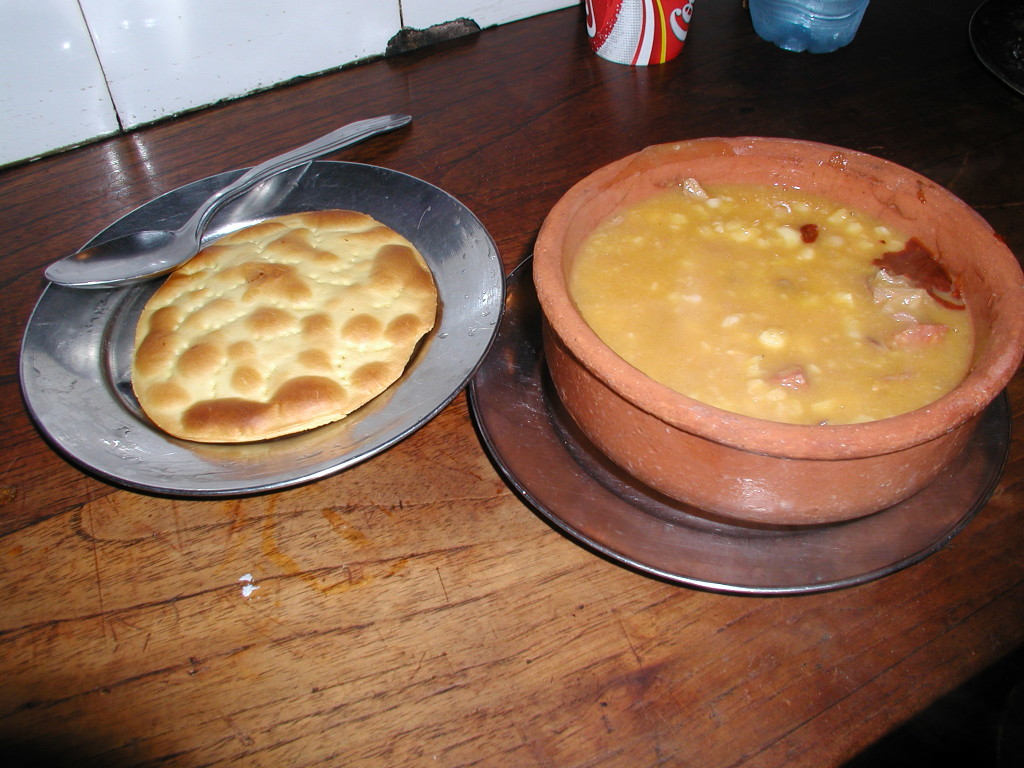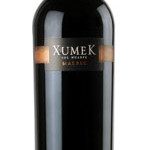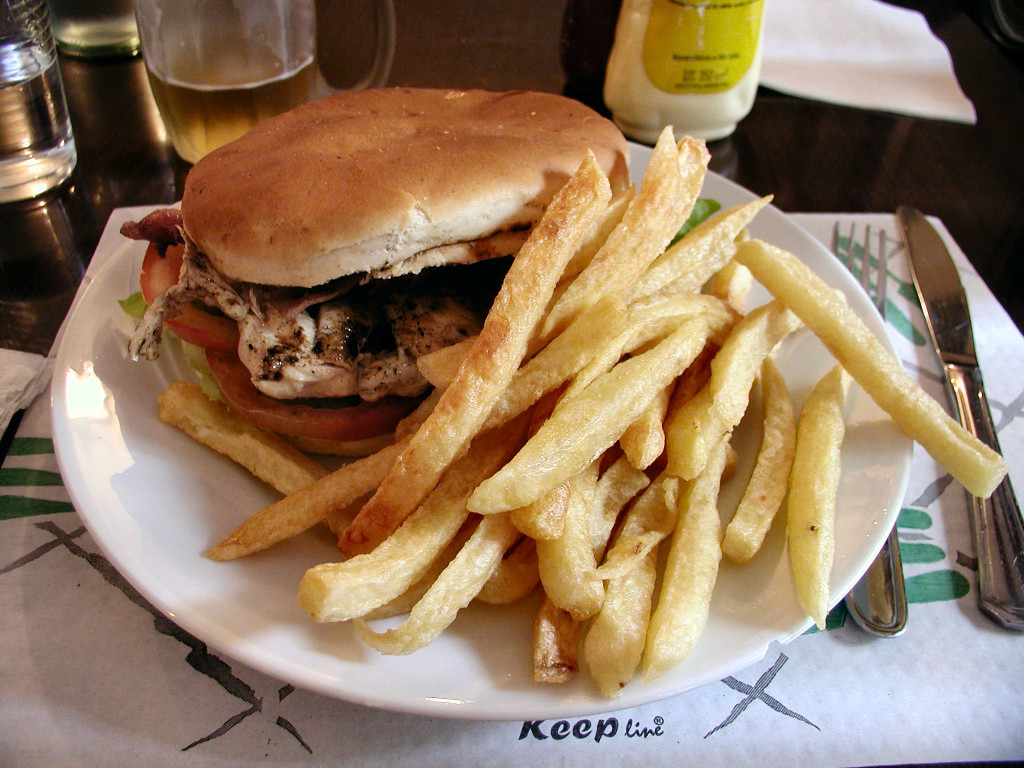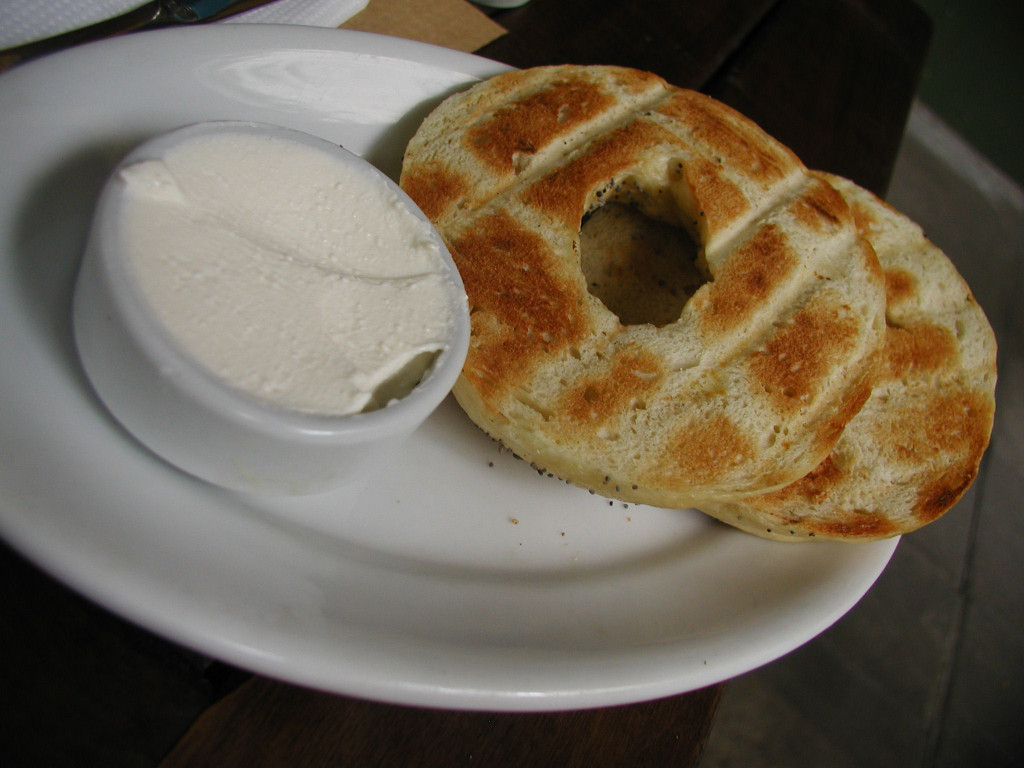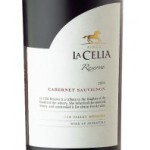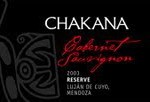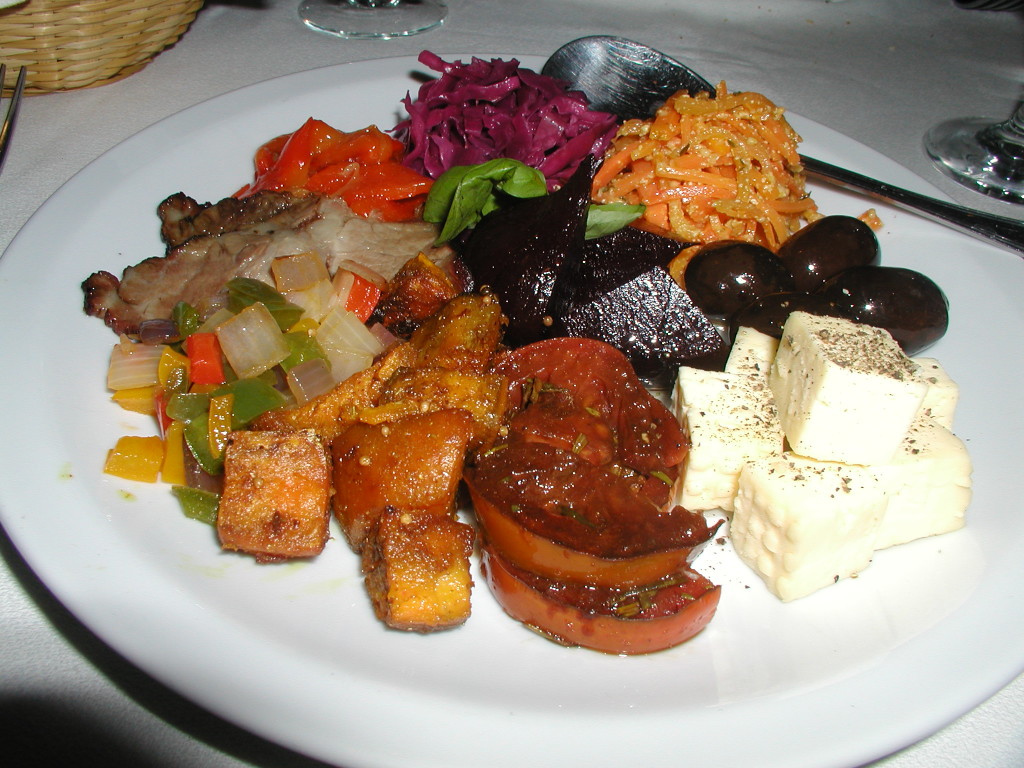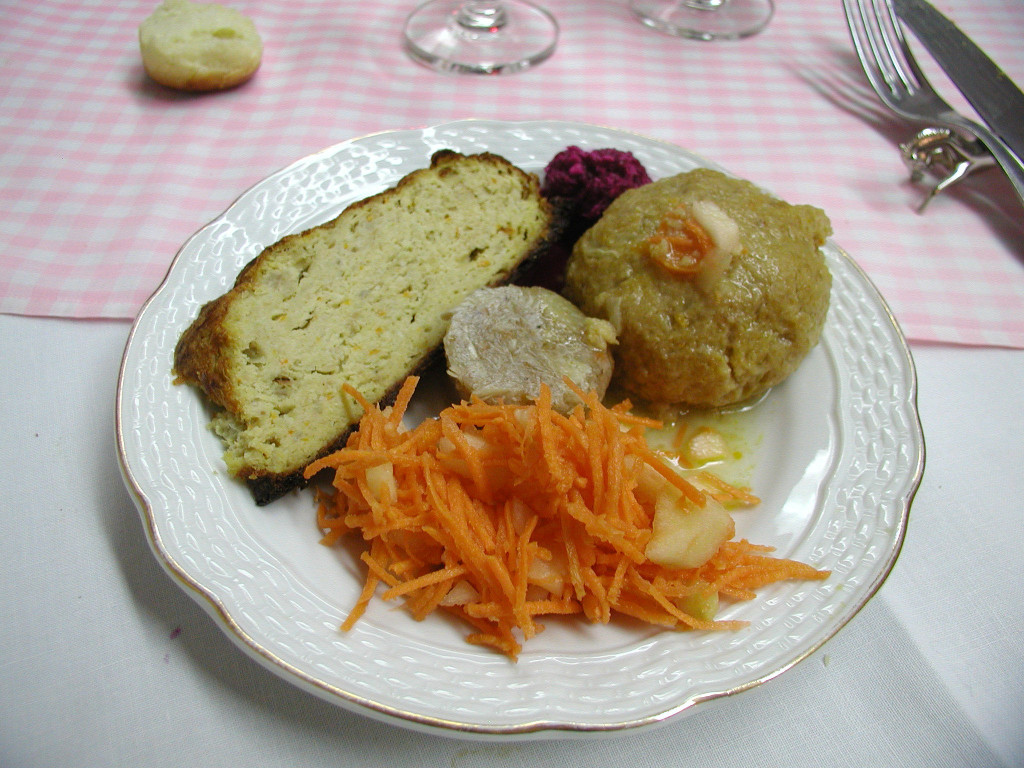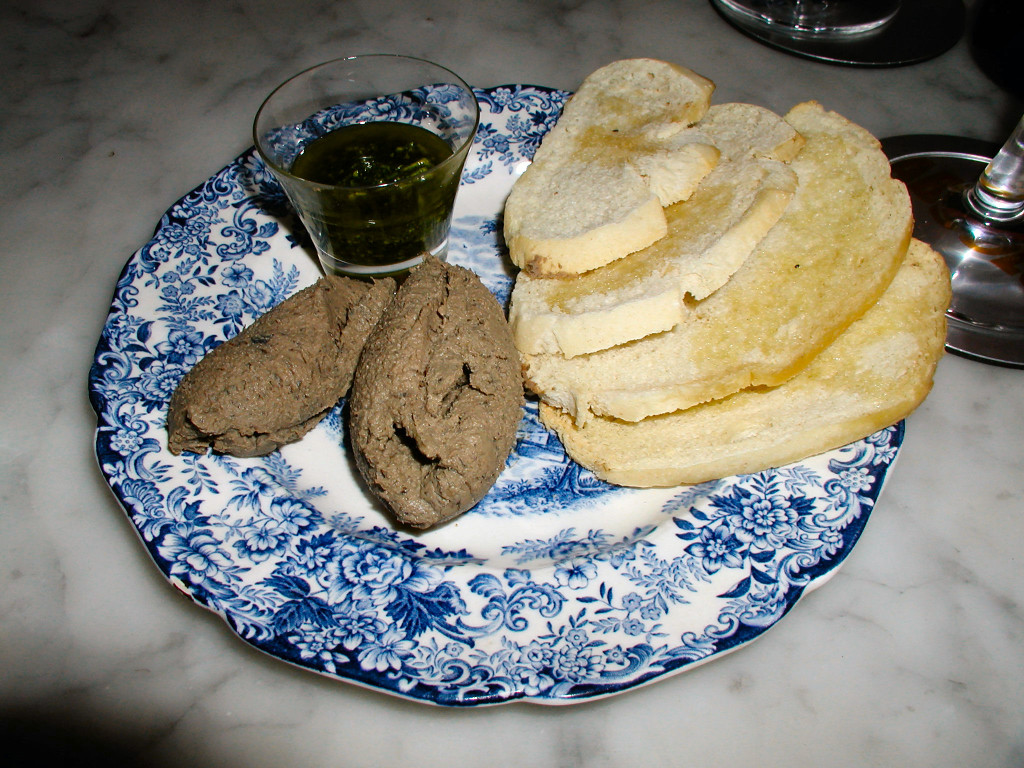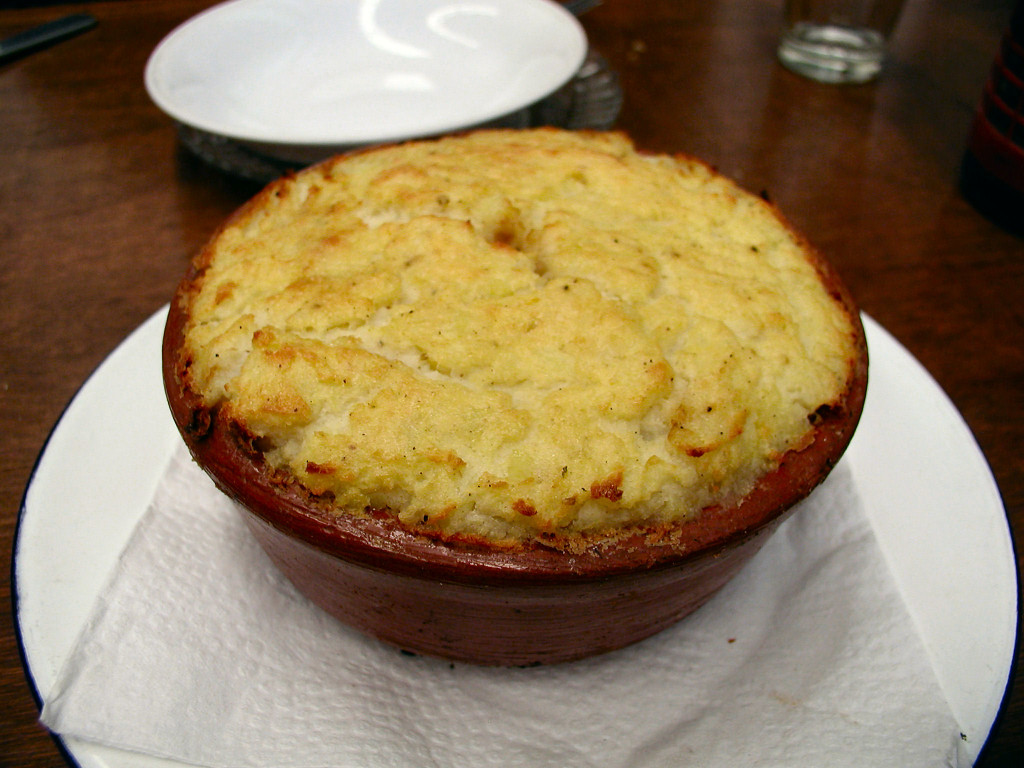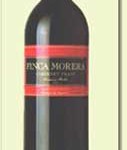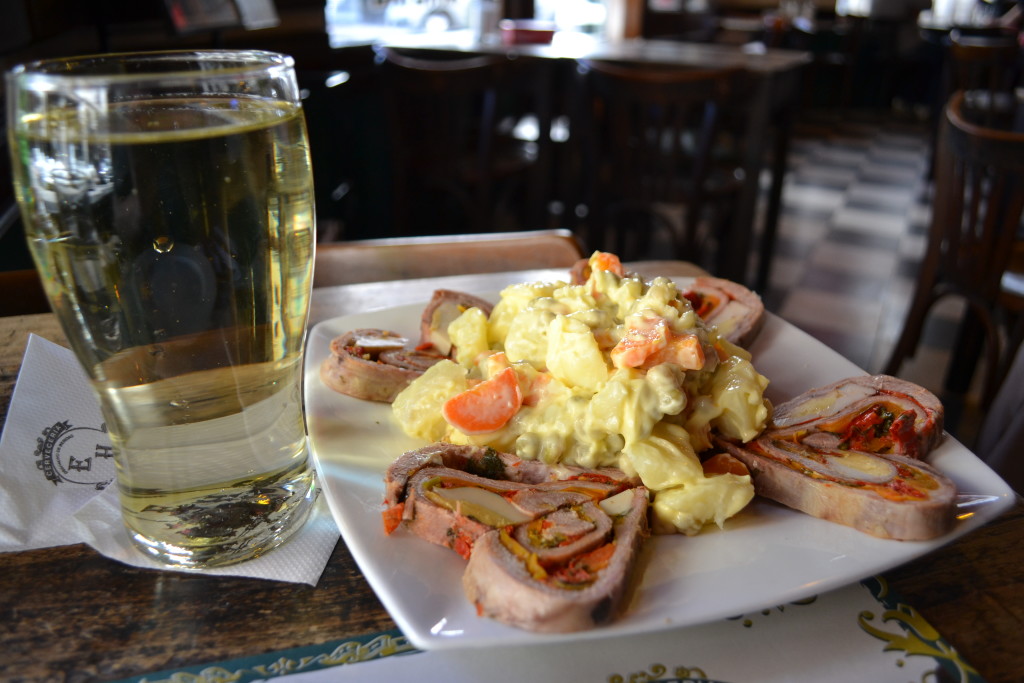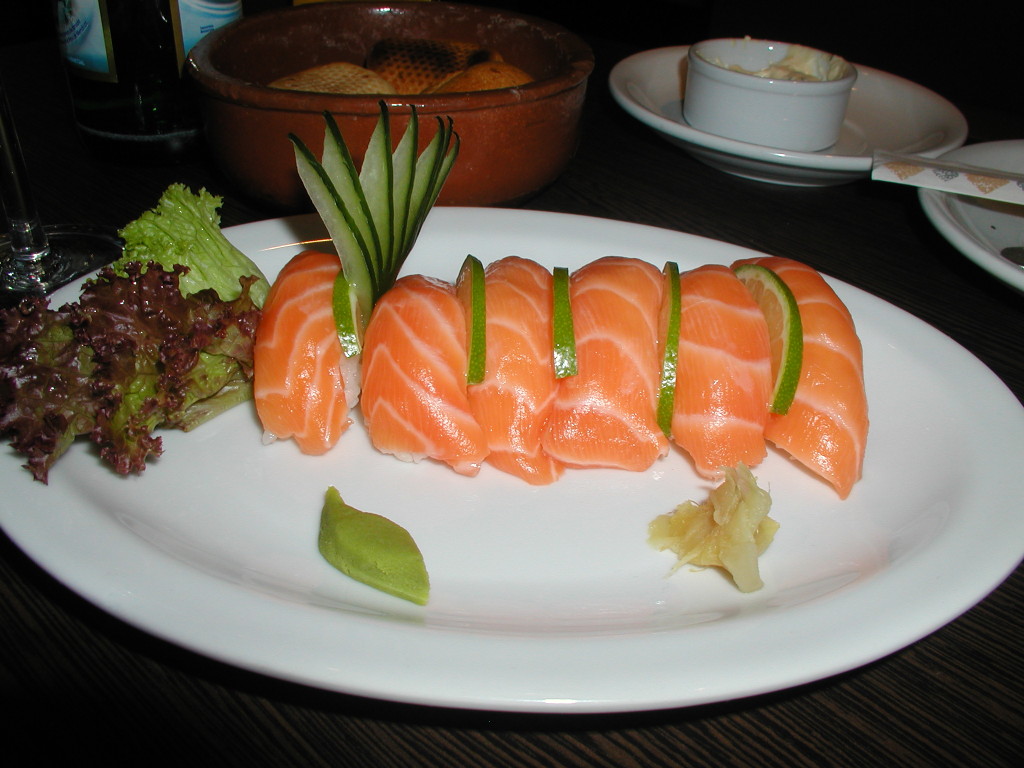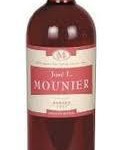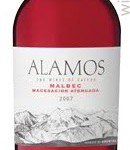Miranda, Moshi-Moshi, Wine Marketing, Rodas Colleción
August 2007, page 58
Argentina for beginners
It may seem cliche, but let’s face it, younger travelers, e.g., those in their early 20s, are an under-appreciated market by most of the wine and restaurant world. It’s not that there’s not food and drink out there for them, nor that they’re not treated well, but that the focus of most of the hospitality industry’s public relations is aimed at either business travelers, retired travelers, or successful couples from their late 30s to early 50s. It’s just the way of the world, and a reality based look at where the money is.
It’s also, perhaps, that the younger generation, as a stereotype, tend towards a more limited palate when it comes to food and wine – burgers, pizza, and these days, sushi; and inexpensive wines that are fruity and easy to drink. That’s not to say there’s not a good sized group of “gen-x-ers” who aren’t out to try anything and everything, they’re just not the norm, and it’s one of the reasons they stand out.
There have been attempts in various places to market directly to this untapped market – the most famous, and unfortunately now passed on to other pastures, the magazine Wine-X. But the real spot to get to this market is, as might be intuitively sensed, the internet. The most common are blogs – and there are a lot of them when it comes to wine, and quite a few oriented towards the youth market. Almost every expat or traveling blogger in Buenos Aires writes at some point about the wines that they try, but there’s not a dedicated wine blog here, regardless of the age of its readers – a wide open market for someone who’s up for the task.
The newest use of the internet, however, is the world of videocasting, and for younger wine drinkers, the guru of that world is Gary Vaynerchuk and his Wine Library TV (tv.winelibrary.com), where he uses casual street slang, lots of energy, gadgets, and a “hey, I’m one of you” approach to educating younger consumers about just exactly what wine is all about. Having talked with some local wine experts here, his marketing skills are held up in awe, and I’d think it won’t be long before Argentina offers up its own version of this sort of online marketing.
These two reviews were left off the page, inadvertently, when an art editor left the bottom half of the page blank, and no one caught it.
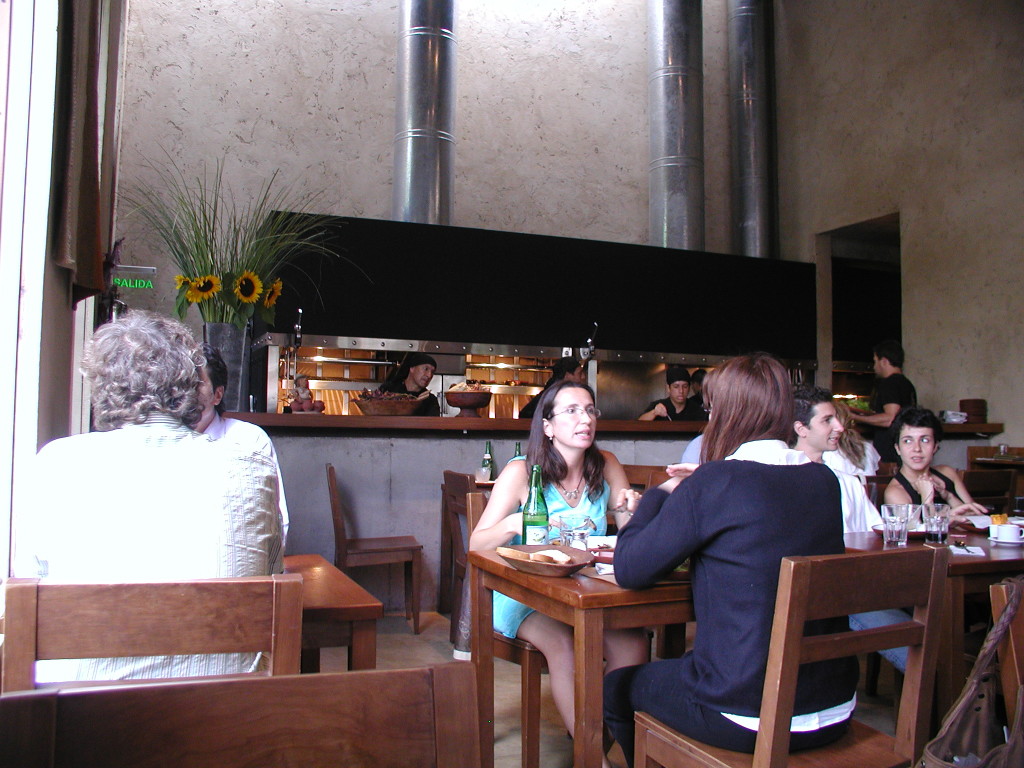
So, assuming you’re one of the folks I’m talking about, where do you go to find yourself surrounded by locals, or even expats, but those “in the know” when it comes to food and wine. First off, we know, part of the reason you’re here is the steak. But the last thing you want to do is go hang out at a smoke filled parrilla packed with families with screaming kids, guidebook toting tourists who haven’t quite figured out they’re not in a country where English is the primary language, or surrounded by couples who’ve been coming in and having the same meal at the same place for the last thirty years. You want hip, hot, and happening, and you want good steak and good wine. Not surprisingly, head yourself out to Palermo Hollywood, and grab a table at Miranda, Costa Rica 5602, where the music rocks, the decor is casual, modern industrial, the staff speak your language (no matter what your native tongue is), the portions are decent, and the prices are fair. You can eat at the bar and chat with your neighbors, grab a low couch in the lounge, or hit that table right up by the open kitchen and make friends with the guy cooking your steak.
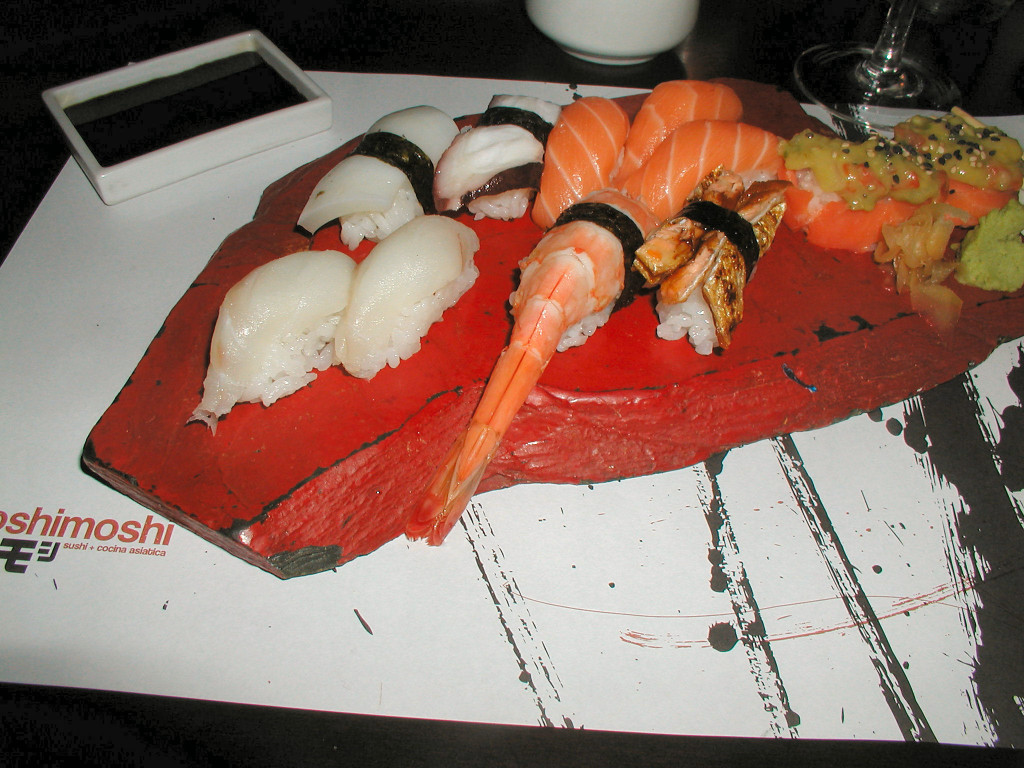
Now, if you’re here for any length of time, we know you’re going to want your sushi fix. Buenos Aires isn’t known for its sushi – there’s plenty of it here, and it’s decent quality, if a bit heavy on combinations with cream cheese. But, it tends to be limited to salmon, and possibly salmon. Yes, you’ll get the occasional white fish, or a shrimp, or canned tuna, but there’s simply nowhere here offering the variety of sushi that folks from most other food capitals are used to. However, for a decent variety, and a room with a trendy vibe, good cocktails, an actual selection of sakes and wines, and service with just the right dose of attitude, head out to the new restaurant district in Las Cañitas and pop upstairs to Moshi-Moshi, Ortega y Gasset 1707. You’ll shell out a few extra pesos over what you might spend at most sushi bars in the city, but the quality, variety, and the chance to find yourself in a crowd of local twenty-somethings makes it worth every centavo.
 On the wine front, one of the most common things I get asked, is how to learn the differences between different grapes. Beyond the old adage of just try, try, try, until you get it, which can cost a fortune, is the opportunity to find someone producing wines that are designed with just this in mind. Well known producer Bodegas Esmeralda produces a line of wines called Rodas Colección 12 – a dozen different individual varietals, white, pink, and red, made without oak aging, so they emphasize the pure flavors of the individual grapes. Best of the lot, their Petite Verdot, but they’re all a great way to educate your palate.
On the wine front, one of the most common things I get asked, is how to learn the differences between different grapes. Beyond the old adage of just try, try, try, until you get it, which can cost a fortune, is the opportunity to find someone producing wines that are designed with just this in mind. Well known producer Bodegas Esmeralda produces a line of wines called Rodas Colección 12 – a dozen different individual varietals, white, pink, and red, made without oak aging, so they emphasize the pure flavors of the individual grapes. Best of the lot, their Petite Verdot, but they’re all a great way to educate your palate.
In October 2006, I started writing for this Spanish language magazine, covering their English language section for travellers. I wrote for them for about two years. The copy editor, apparently not fluent in English, used to put each paragraph in its own text box on a two column page, in what often seemed to be random order, making the thread of the column difficult to follow. I’ve restored the paragraphs to their original order.
